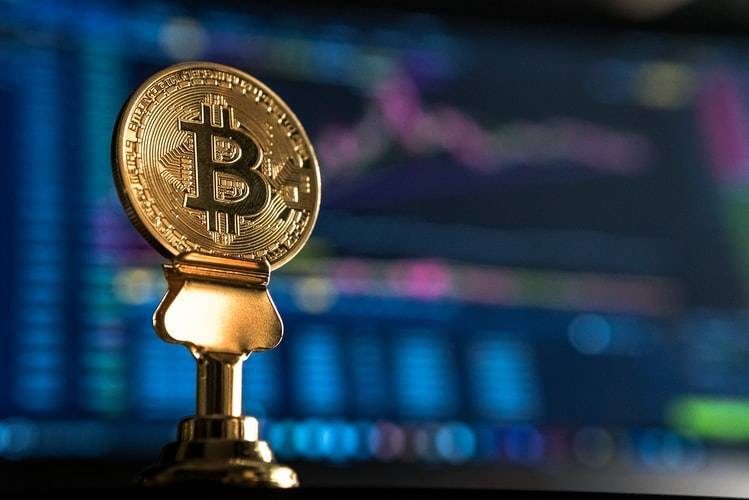Bitcoin prices recorded their highest percentage drop during the second quarter, impacted by China's strict campaign and fears that the U.S. Federal Reserve would start to taper its stimulus program. The leading cryptocurrency traded above $34,000 yesterday, hovering around $34,400 on Thursday morning, reflecting a drop of over 40% from April to June. This breaks a streak of four quarters that saw prices surge sixfold to over $60,000, according to Bitstamp data.
The historically strong quarter began positively, with Bitcoin rising to a record level of $64,801 ahead of the debut of the largest cryptocurrency exchange, Coinbase, on the Nasdaq on April 14. However, momentum stopped in the following weeks as retail investors struggled to support the stock following a sell-off from major investors. As a result, the market appeared weak and took a hit in mid-May, after U.S. electric car manufacturer Tesla canceled Bitcoin acceptance for payments, citing environmental concerns, which dashed hopes for widespread corporate adoption of the cryptocurrency.
China's reaffirmation of a ban on Bitcoin mining and fears of early monetary stimulus tapering by the Federal Reserve exacerbated the downward movement, pushing prices down to a four-month low of $30,000. Since then, Bitcoin has primarily traded within a range of $30,000 to $40,000, except for a brief dip to $28,600 on June 22. Sentiment completely turned bearish, as evidenced by directionless trading following El Salvador's decision to adopt cryptocurrency as legal tender.
Moreover, concerns about deeper sell-offs remain. Pankaj Balani, CEO of Delta Exchange, does not expect "bulls" to return strongly anytime soon. "Bitcoin is in a consolidation phase, and we believe this could extend until September... Since the April peak, institutional interest has waned, and there is a lack of liquidity from both corporations and individuals," he told Coindesk.
According to Balani, the cryptocurrency remains vulnerable to any weakness on the macro front and could fall to the previous support threshold of $19,666 (December 2017) in the event of widespread risk aversion. Currently, traditional markets show no signs of weakness. Despite the Federal Reserve's recent upbeat rhetoric, the S&P 500, the benchmark stock index on Wall Street, finished the second quarter up 8%, marking the fifth consecutive quarterly gain.
Meanwhile, gold, the safe haven, erased most of its gains, trading up only 2% during the second quarter, according to TradingView data. However, the situation may change if the U.S. economy continues to accelerate, reviving concerns about early tightening of monetary policy by the Federal Reserve. Some observers remain optimistic, drawing parallels with Bitcoin's price movement observed in 2013 when the cryptocurrency plummeted from $250 to $45 in April of that year, leading to a rise to four-digit levels by November.




